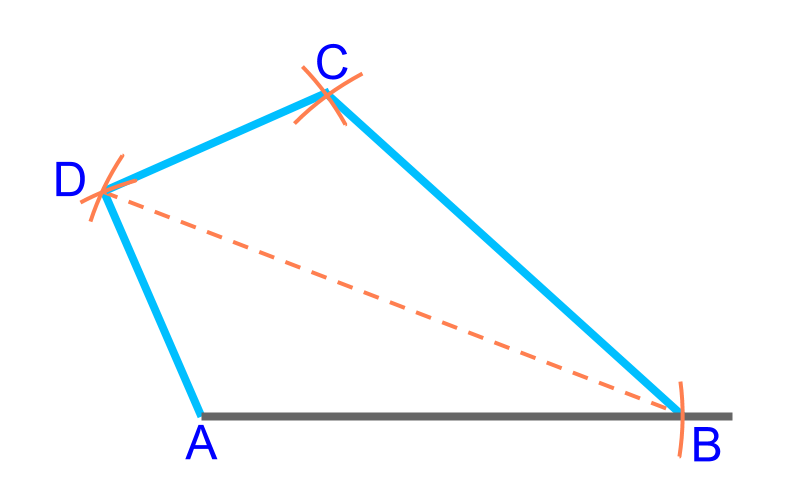
All three have the same perimeter and area. (Most definitions consider congruence to be a form of similarity, although a minority require that the objects have different sizes in order to qualify as similar.)ĭetermining congruence of polygons The orange and green quadrilaterals are congruent the blue is not congruent to them. The related concept of similarity applies if the objects have the same shape but do not necessarily have the same size. In this sense, two plane figures are congruent implies that their corresponding characteristics are "congruent" or "equal" including not just their corresponding sides and angles, but also their corresponding diagonals, perimeters, and areas. Two circles are congruent if they have the same diameter.Two angles are congruent if they have the same measure.Two line segments are congruent if they have the same length.The word equal is often used in place of congruent for these objects. In elementary geometry the word congruent is often used as follows. Note hatch marks are used here to show angle and side equalities.

This diagram illustrates the geometric principle of angle-angle-side triangle congruence: given triangle ABC and triangle A'B'C', triangle ABC is congruent with triangle A'B'C' if and only if: angle CAB is congruent with angle C'A'B', and angle ABC is congruent with angle A'B'C', and BC is congruent with B'C'. Therefore two distinct plane figures on a piece of paper are congruent if they can be cut out and then matched up completely. This means that either object can be repositioned and reflected (but not resized) so as to coincide precisely with the other object. More formally, two sets of points are called congruent if, and only if, one can be transformed into the other by an isometry, i.e., a combination of rigid motions, namely a translation, a rotation, and a reflection. In geometry, two figures or objects are congruent if they have the same shape and size, or if one has the same shape and size as the mirror image of the other. The unchanged properties are called invariants. Congruence permits alteration of some properties, such as location and orientation, but leaves others unchanged, like distances and angles.

The last triangle is neither congruent nor similar to any of the others.

The two triangles on the left are congruent, while the third is similar to them. Relationship between two figures of the same shape and size, or mirroring each otherĪn example of congruence.


 0 kommentar(er)
0 kommentar(er)
